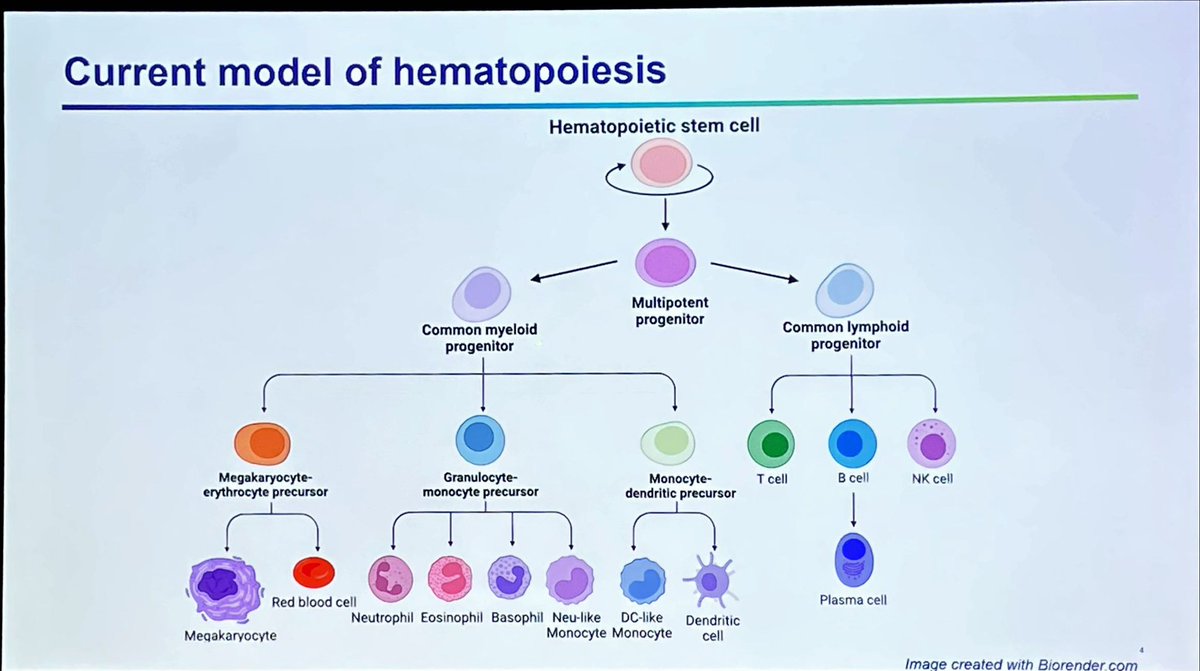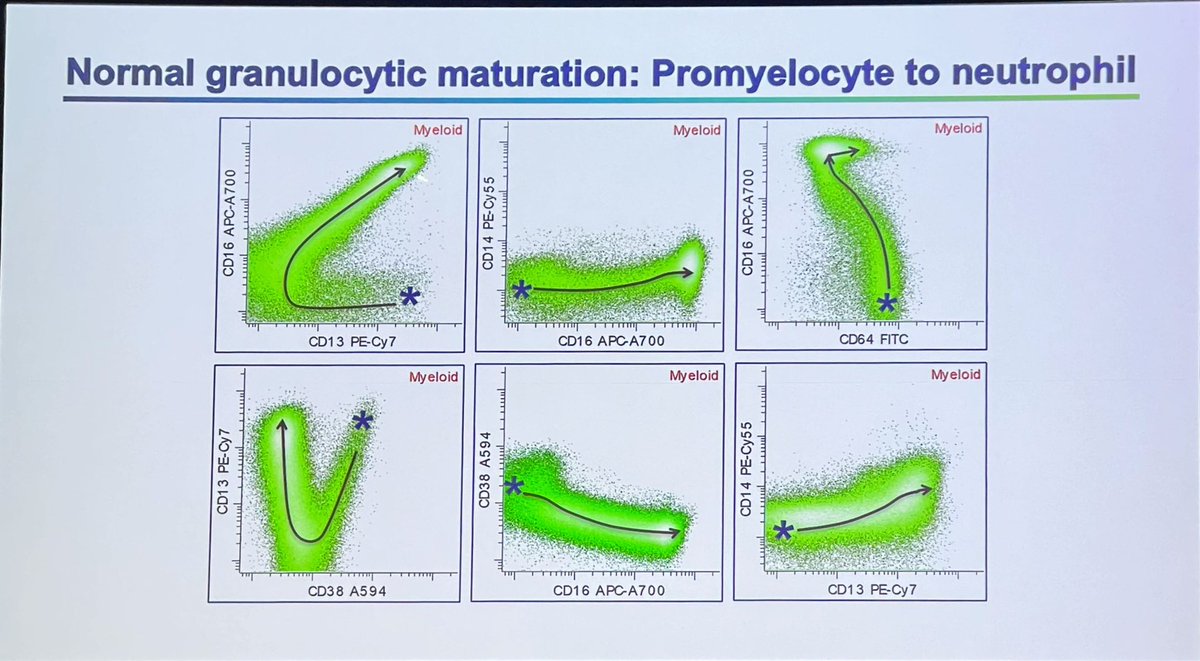Happy to share our latest paper w/ @SibaElHussein as lead author, out today in @BMTjournal ⚡️Acquired WT1 mutations contribute to relapse of NPM1mut AML following allogeneic hematopoietic stem cell transplant rdcu.be/cEuxv #hemepath #leukemia #hemepathMDA 

WT1 mutations are present in ~7% of de novo AML, are typically Lof mutation involving exons 7-9 of the gene. They frequently (~15%) co-occur w/ NPM1mut & have detrimental impact in this setting, shown by @AkEisfeld and colleagues in bit.ly/3eWQtXw @LeukemiaJnl 

We studies a cohort of de novo NPM1-mut AML. 7% had concurrent WT1 mutations at baseline. 22% (15/67) relapsed; 4 (27%) with newly acquired Lof WT1-mut. Illustrated by @furudateken 

Most interestingly 3/4 were post allo-HSCT (2 w/ matched related; 1 matched unrelated donors). WT1 mutations were both clonal and subclonal. Illustrated by @furudateken 

The exact role of WT1-mut in leukemogenesis is unknown. We know WT1-mut are typically mutually exclusive with TET2-mut, suggesting overlapping function.
This was shown in the TCGA cohort and ECOG E1900 cohort by @RossLevineLab bit.ly/3t7AU7A @NEJM
This was shown in the TCGA cohort and ECOG E1900 cohort by @RossLevineLab bit.ly/3t7AU7A @NEJM
Wild type WT1 protein overexpression is seen in in >70 % of AML, and is believed to have immunogenic effects, shown previously by @lab_rezvani and colleagues bit.ly/3HJC25n @BloodJournal 

Wild type WT1 maintains early HCS progenitor cells in a quiescent state while promoting differentiation of more mature lineage-committed progenitor cells, its postnatal expression is limited to gonads, podocytes of kidney and mesothelial cells. Illustrated by @SibaElHussein 

LoF WT1 mutations are thought to interfere with this immunogenicity, and escape from host immune system.
haematologica.org/article/view/8…
haematologica.org/article/view/8…
Our findings suggest that emerging WT1 mutations may serve as a conduit for relapse in NPM1-mut AML, particularly post-HSCT, & that evaluation for emergent WT1 mutations, particularly at relapse has value in the surveillance of patients with NPM1 mutated AML. #bmtsm #leusm
A lot remains unknown re the role WT1-mut in AML and we are excited to dive deeper and learn more, so stay tuned.
Major gratitude to all our co-authors, especially @SibaElHussein @furudateken , @DrKTakahashi , @SaWangMD , and the Twiterless but incredible Courtney DiNardo!
Major gratitude to all our co-authors, especially @SibaElHussein @furudateken , @DrKTakahashi , @SaWangMD , and the Twiterless but incredible Courtney DiNardo!
• • •
Missing some Tweet in this thread? You can try to
force a refresh































